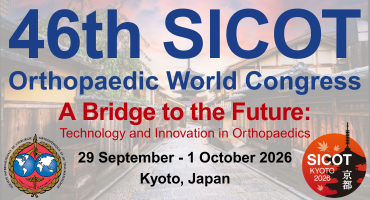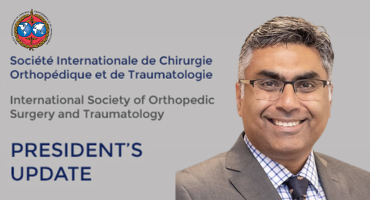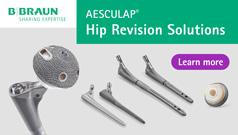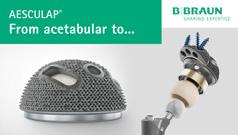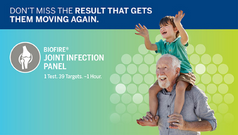Short-stem-ology: personal 25-year experience with short stems
EFORT Open Rev. 2025 Jun 2;10(6):369-377. doi: 10.1530/EOR-2025-0056.
ABSTRACT
Scepticism is still the most common attitude of orthopaedic surgeons toward short stems, despite the excellent survival rate reported in the International Registry, together with an acceptable complication risk. In surgical centres where these types of implants are commonly utilised, they account for a significant percentage of procedures (up to 50% of total hip replacements performed). Potential benefits of bone preservation were evident from the very early phase of introduction. Some complications have been experienced, especially with modular short stems. Some limitations and weak points during the evolution from early designs to modern short stems have been identified. With few exceptions, clinical results and survivorship were very good, despite widened indications (age- and pathology-related), giving an overall retrospective evaluation of our experience with short stems similar to primary hip implants. Failure of short stems is mostly related to the validity of bone preservation in terms of revision strategy. Standard surgical revision was generally performed with two-stage revisions in PJI and stem revision in periprosthetic fracture.
PMID:41223040 | PMC:PMC12139602 | DOI:10.1530/EOR-2025-0056






